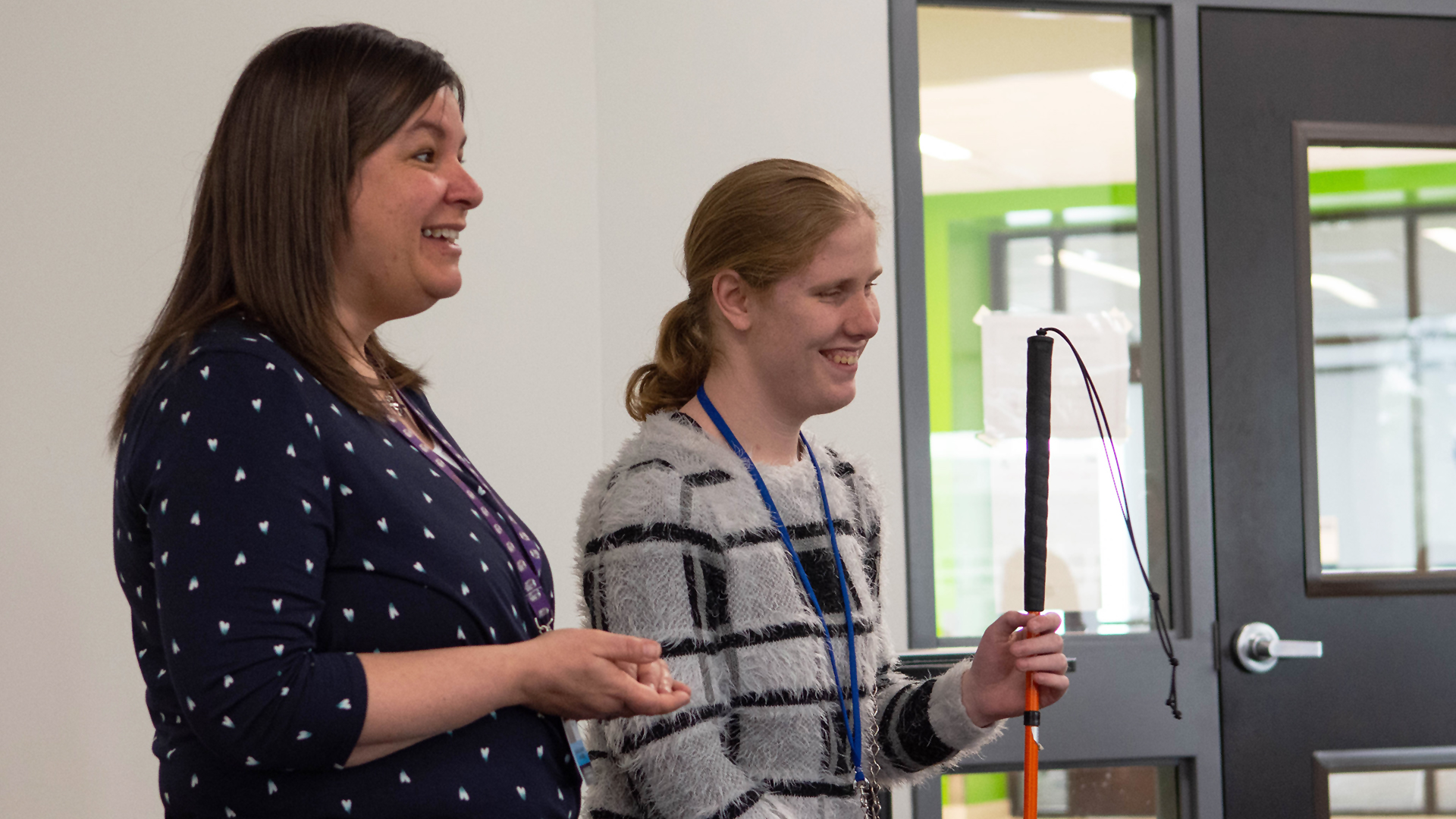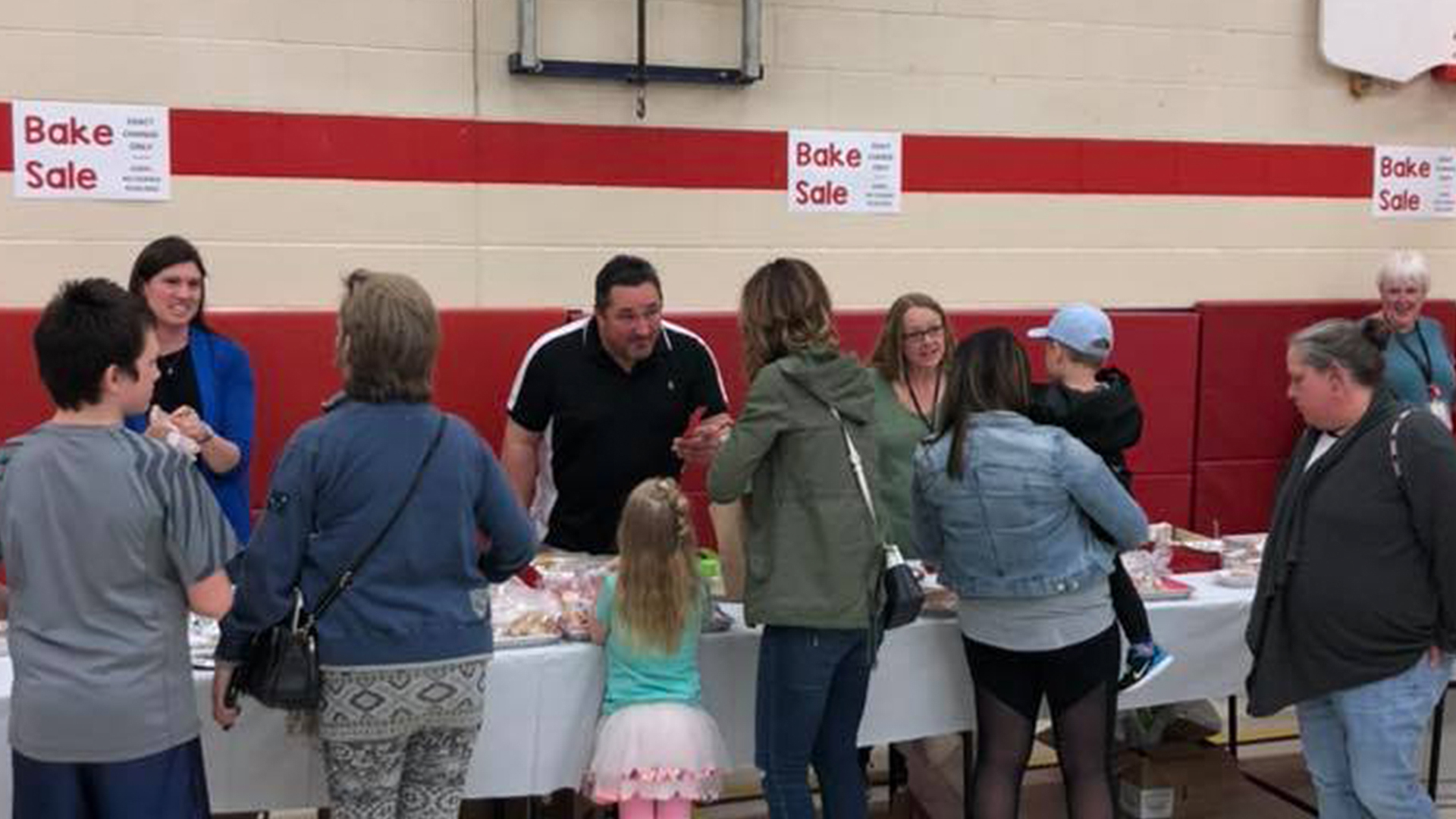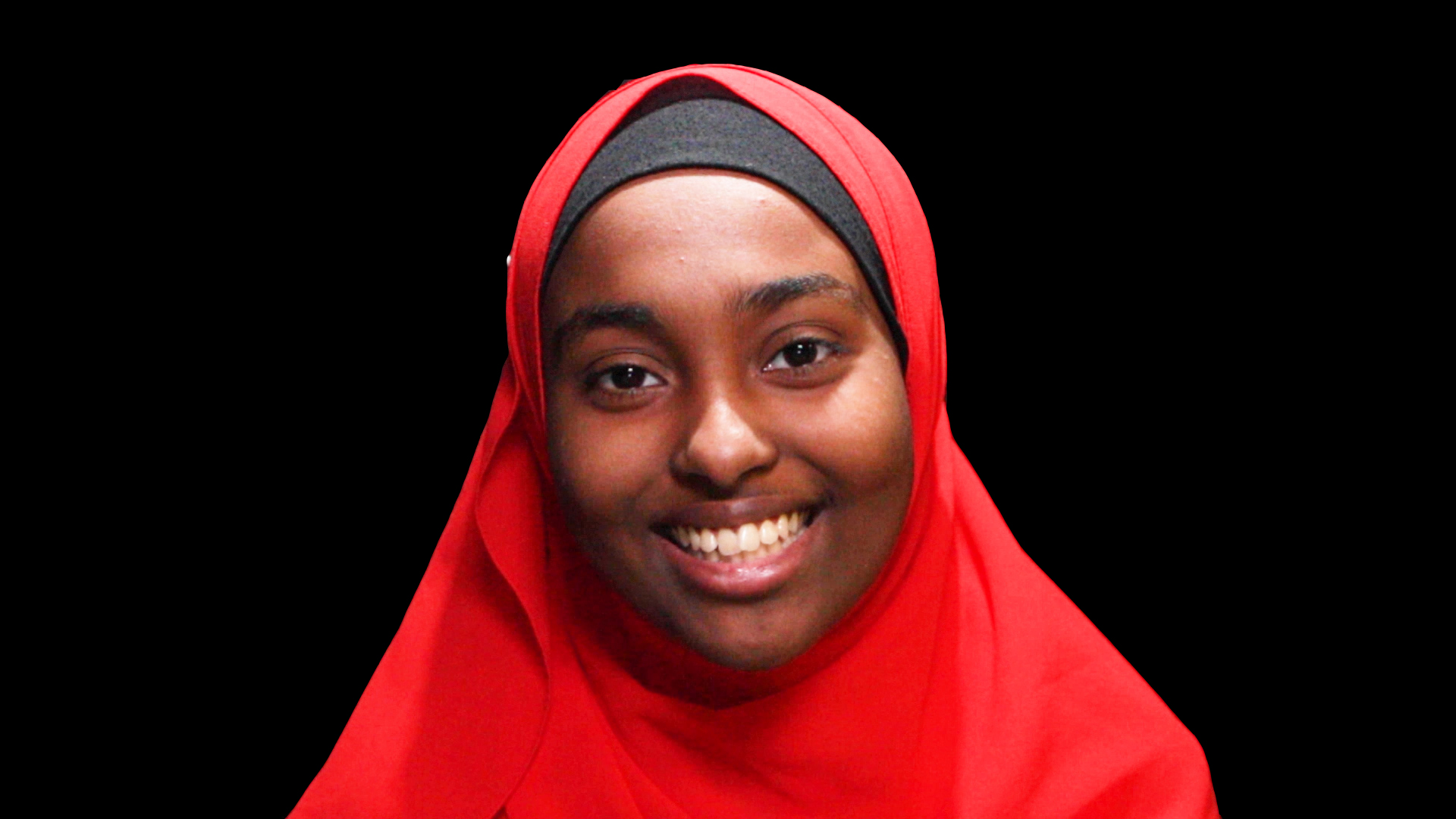
Students Build Interest in Engineering at Centennial
Students were teaching students at Centennial Public School in Waterloo on Friday, November 22, as University of Waterloo (UW) engineering students led a series of workshops designed to introduce grade 7 and 8 students to concepts in engineering, math and science.
Stefan Winkelhage teaches science at Centennial and helped to coordinate the opportunity at the school. “It’s an opportunity to get their hands on materials and actually see the direct effect,” said Winkelhage.
The workshops focused on how gravity and pressure act on everything from a culvert, to a bridge and allowed students to use models to let them visualize where forces act and how it affects different shapes.
“It’s an opportunity to get their hands on materials and actually see the direct effect,” said Winkelhage.
The content of these workshops connects directly to the curriculum for both grades, and represents a visual and tactile way of learning these important, foundational concepts. Additionally, it helps students connect their learning to things they see in the real world and the importance of simple things like bridges and silos.
“We take these things for granted,” said Winkelhage. “This is something essential for the functioning of a society.”
The idea for this coordinated event first came from Dr. Rania Al-Hammoud, a professor in the Faculty of Engineering at UW. She reached out to local schools with the proposal, and was able to bring the workshops to both Centennial and Laurelwood Public Schools.
“I always try to find projects that I can use in my engineering classroom where we are able to engage the community,” said Al-Hammoud.
The workshops also offer an opportunity to introduce students to engineering in a way that helps them understand how engineers improve the community around them.
For the UW students, the workshops were more than an opportunity to help inspire future engineers – it was a test of their own skills. As an assignment, each of the students in the first-year mechanics course were asked to design a workshop for the elementary students that demonstrated their knowledge of a concept covered in the course.
“You learn best by teaching,” said Al-Hammoud, who explained that breaking down these concepts into lessons for Grade 7 and 8 students helps the UW students gain a better understanding.
As for the elementary students, Al-Hammoud hopes they take away a greater appreciation for the work engineers do, and the possibilities a career in engineering can provide. She may see some familiar faces when it comes time for these students to select their post-secondary pathway in a few years.
Ruby, a Grade 8 student at Centennial, was overflowing with enthusiasm for science and engineering after the workshop, and was eager to share all that she had learned.
“Today we were learning about different types of forces, like tension, compression and how it affects different shapes,” said Ruby.
She explained that when she usually thinks about science, it involves labs and equations. Having the concepts presented in a visual, tactile way helped Ruby gain a better understanding of them and helped to build her confidence in her own skills.
“They did a really good job explaining it to us,” said Ruby. “When something is easier to understand, you feel more successful.”
Ethan, also in grade 8, echoed Ruby and explained that this workshop had sparked his interest in the prospect of pursuing engineering at the post-secondary level. He wants to learn more and better understand how forces affect the structures he interacts with every day.
This is exactly the result Winkelhage was hoping to see. The chance to hear directly from university students who are, themselves, pursuing engineering as their career offers tangible inspiration for aspiring elementary students.
“You notice that the lightbulb really starts burning bright for some students…they are starting to consider it as a career choice,” said Winkelhage. “It makes it real.”



